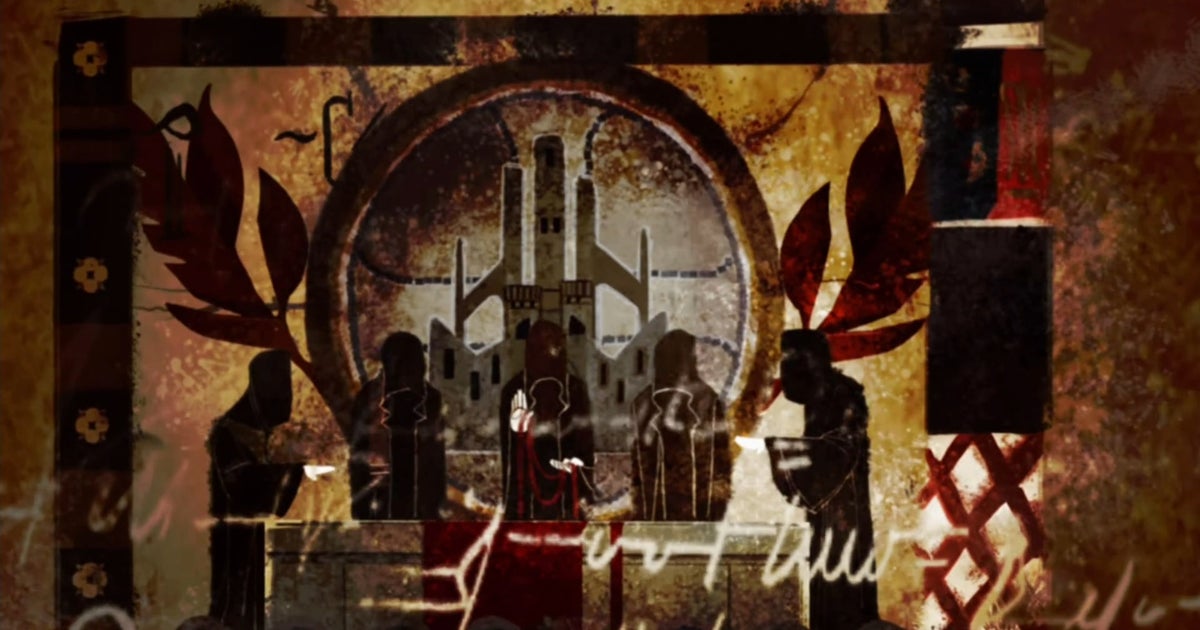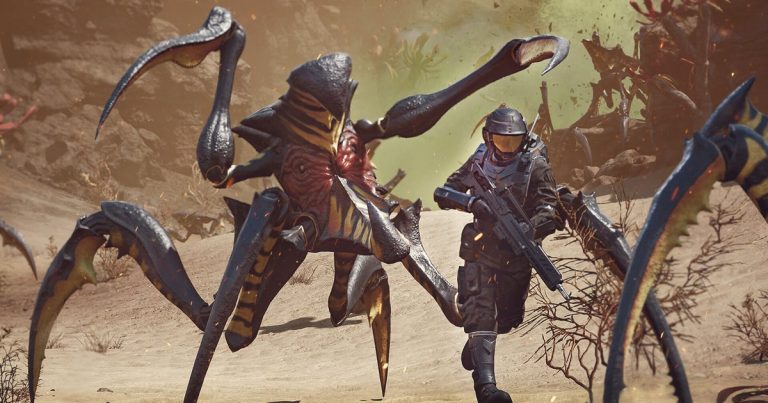Discovering the Hidden Gem: How Returning to Dragon Age: Origins Revealed the True Potential of Baldur’s Gate 3

The Hallowed Halls of Dragon Age: Origins
As I return to Dragon Age: Origins, I’m reminded of a game that never really had a true sequel in the classical sense. Sure, we’ve seen Hawke and the Inquisitor, with Rook soon to join the fray, but the spirit of Origins’ Dungeons and Dragons-inspired design has always felt somewhat absent from the franchise. While lore has been fleshed out, and new stories have irreparably changed Thedas’ future, the core gameplay of Dragon Age has moved away from intricate tactical positioning and D&D-lite roleplaying to more "current" combat and exploration.
Take Dragon Age 2, for instance, which was limited by its tight 16-month development cycle and replaced the multitude of unvoiced dialogue options in Origins with a more streamlined, voiced dialogue wheel – a staple of BioWare games. Then, Dragon Age: Inquisition gave in to the flavor of the decade, embracing an open-world design à la The Elder Scrolls 5: Skyrim, with a ping button to spam and a surfeit of collectibles, making the much-maligned Hinterlands starting area one of the series’ biggest jokes.
Origins, on the other hand, stands out. Not only does it lay the foundation for the series’ gloriously in-depth lore – from complex religions and warring countries to the fascinating and treacherous dreamworld of the Fade – but it’s also a deeply nerdy take on fantasy within video games. It’s evident in the intricate tactics system, which allows you to control your party down to the smallest details, and in the vast range of dialogue options that let you be as heroic, evil, or awkwardly forward as you see fit.
The game’s title, Origins, also hints at its focus on building your character from the ground up. You’re not Hawke or the Inquisitor – you’re whoever you want to be in the world of Thedas, with a backstory not summarized by a character creator screen, but rather experienced firsthand, before you’re dubbed the Grey Warden. Are you a Dalish Elf, reluctant to leave your nomadic lifestyle behind? A poor city Elf, grateful to escape poverty in Denerim’s alienage? A mage, about to undergo the treacherous Harrowing initiation at the Circle? Common or noble?
The game’s character creation screen, pictured below, offers a range of options, from which you can choose your class, background, and appearance.
[Image: Character creator menu, with options for class, background, and appearance]
[Image: Close-up of an Elf protagonist speaking with Alistair at camp]
[Image: Equipment menu for Morrigan]
[Image: Map of Ferelden with DLC landmarks]
These race and background choices can drastically alter the ending, romance options, and ways the world responds to your character – and as a game reminiscent of older RPG design, it’s easy to be frustrated by the broader, more action-focused route the Dragon Age series took in its later years. However, it’s harder to be upset about the series’ evolution now, given the phenomenon that is Baldur’s Gate 3.
Baldur’s Gate 3 is, in many ways, the game Dragon Age: Origins always wanted to be. It offers mind-boggling variety in almost every situation, with companions and important NPCs that can die, and your choices having lasting consequences. While it has its own limitations, the majority of the time, it doesn’t feel that way due to the staggering range of options available. Stacking boxes to reach an area is just as viable as turning into a mouse to sneak through a hole, or teleporting over an obstacle with Misty Step. Companions and important NPCs can die. You can miss entire plotlines if you venture too far into the story. And your race and character class options are as vast as the unique combat, exploration, and dialogue options Larian gives you.
Baldur’s Gate 3 also lets you delve deeper into the psyche of your flawed party, which can lead to romantic relationships with any of them. United not in the task of saving the world, but selfishly trying to get rid of their mind flayer parasites, your companions’ interactions with each other are on a whole different level, where hostility between them can even lead to their deaths if you’re not careful.
To me, Baldur’s Gate 3 is what the Dragon Age series should have been, had it leaned into its dorkier, older-school RPG side. It feels like a spiritual successor to Dragon Age: Origins, only grown up. I can’t help but appreciate the D&D influence coming full circle. Just as Origins was BioWare’s spiritual successor to its classic Baldur’s Gate games, Baldur’s Gate 3 feels like the natural evolution of what the Dragon Age series could have been, had it leaned into its more cerebral, complex side.






